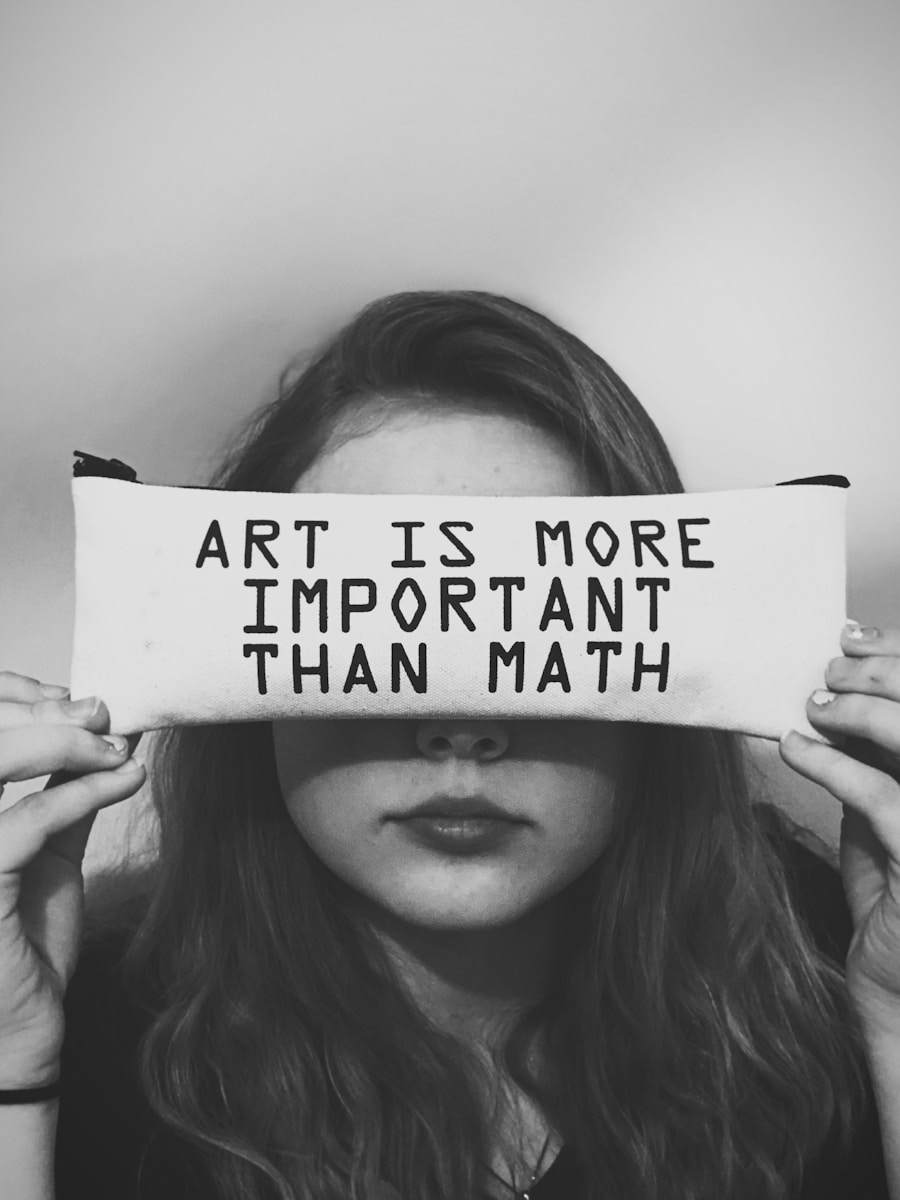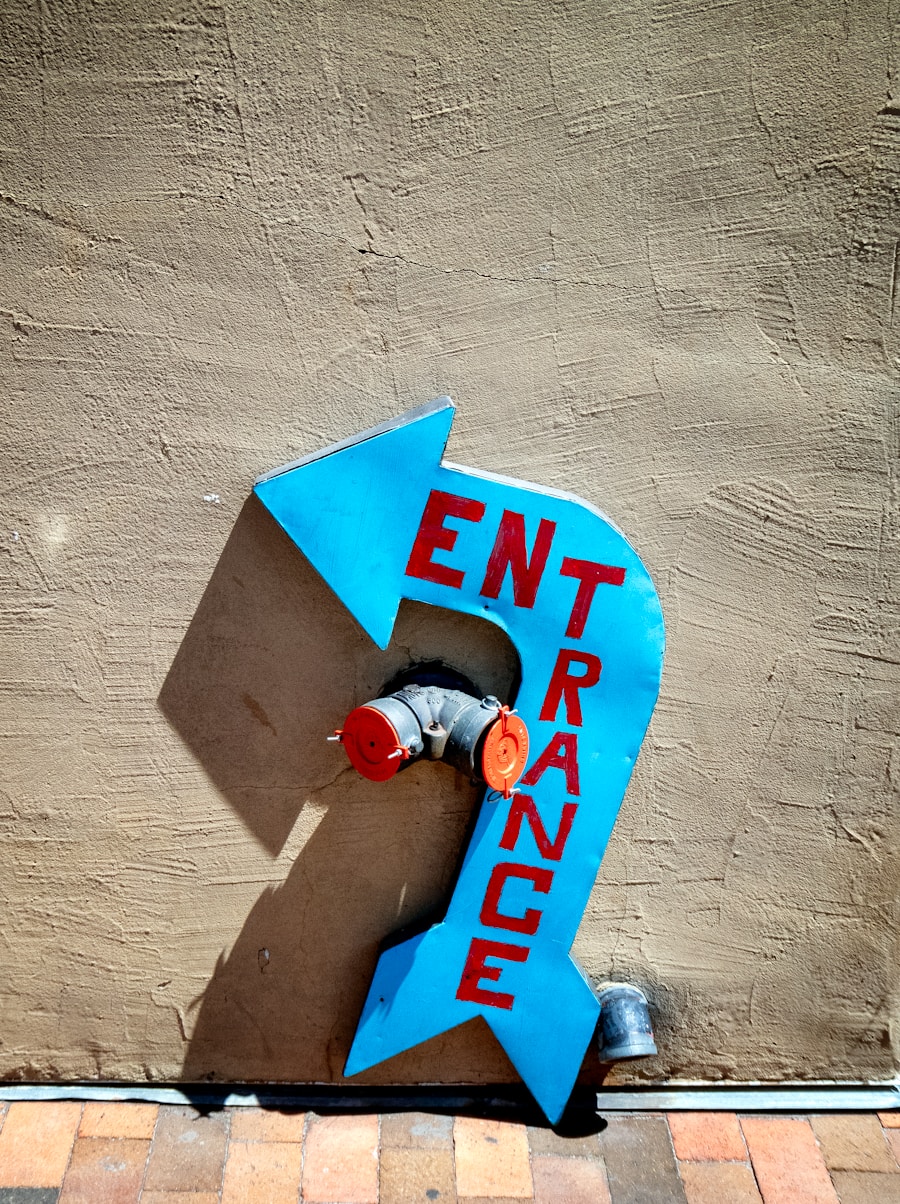Download links
How to install Exploring the Impact of Arts & Entertainment APK?
1. Tap the downloaded Exploring the Impact of Arts & Entertainment APK file.
2. Touch install.
3. Follow the steps on the screen.
Description
Arts and entertainment have long served as a mirror reflecting societal values, norms, and aspirations. From the ancient cave paintings that depicted the daily lives of early humans to contemporary films that tackle complex social issues, the arts have the power to shape public perception and influence cultural discourse. For instance, the rise of social media platforms has democratized the creation and dissemination of art, allowing diverse voices to emerge and challenge mainstream narratives.
This shift has led to a more inclusive representation of various communities, fostering empathy and understanding among audiences who may not have been exposed to these perspectives otherwise. Moreover, the arts often serve as a catalyst for social change by highlighting injustices and sparking conversations around critical issues. Consider the impact of protest music during the civil rights movement in the United States.
Songs like “We Shall Overcome” became anthems of hope and resilience, galvanizing individuals to unite for a common cause. Similarly, contemporary artists use their platforms to address issues such as climate change, racial inequality, and gender rights, demonstrating that art is not merely a form of entertainment but a powerful tool for advocacy. The ability of art to evoke emotions and provoke thought makes it an essential component of societal progress.
Key Takeaways
- Arts and entertainment have a significant influence on society by shaping public opinion and reflecting societal values and norms.
- The arts and entertainment industry has a substantial economic impact, contributing to job creation, tourism, and local economies.
- Arts and entertainment play a crucial role in shaping cultural identity by preserving traditions, promoting diversity, and fostering a sense of community.
- The power of arts and entertainment in advocacy and social change is evident in their ability to raise awareness, challenge stereotypes, and inspire action.
- Arts and entertainment have psychological effects on individuals, such as reducing stress, promoting empathy, and providing a sense of escapism.
- The future of arts and entertainment in a digital age is marked by technological advancements, virtual experiences, and new platforms for creativity and expression.
The Economic Impact of Arts and Entertainment
The economic contributions of the arts and entertainment sector are substantial, influencing job creation, tourism, and local economies. In many cities, cultural institutions such as theaters, museums, and galleries attract millions of visitors each year, generating significant revenue. For example, New York City’s Broadway theater district is not only a cultural landmark but also a major economic engine, contributing billions of dollars annually to the local economy through ticket sales, hospitality services, and related industries.
The ripple effect of this economic activity extends beyond the arts sector, benefiting restaurants, hotels, and transportation services. Furthermore, the arts and entertainment industry provides employment opportunities for a diverse range of professionals, from artists and performers to technicians and administrative staff. According to the National Endowment for the Arts, millions of jobs in the United States are directly tied to the arts sector.
This includes not only those who create art but also those who support it through marketing, production, and management roles. The economic resilience of communities often hinges on their investment in cultural initiatives, as vibrant arts scenes can attract businesses and residents alike, fostering a sense of place and community pride.
The Role of Arts and Entertainment in Shaping Cultural Identity

Cultural identity is intricately woven into the fabric of arts and entertainment. Through various forms of expression—be it music, dance, literature, or visual arts—individuals and communities articulate their unique experiences and histories.
In this way, arts serve as a repository of collective memory, allowing future generations to connect with their roots. Moreover, contemporary artists frequently draw upon their cultural backgrounds to create works that resonate with broader audiences while remaining deeply personal. The rise of global streaming platforms has facilitated the cross-pollination of cultural expressions, enabling artists from different backgrounds to collaborate and share their narratives with a wider audience.
This exchange not only enriches the global arts landscape but also fosters a greater appreciation for diversity. As audiences engage with art from various cultures, they gain insights into different ways of life, ultimately contributing to a more interconnected world.
The Power of Arts and Entertainment in Advocacy and Social Change
| Metrics | Data |
|---|---|
| Number of social change campaigns influenced by arts and entertainment | Over 100 campaigns have been influenced by arts and entertainment in the past decade |
| Percentage of people who are more likely to engage with social issues through arts and entertainment | Approximately 70% of people are more likely to engage with social issues through arts and entertainment |
| Amount of funds raised through arts and entertainment events for social causes | Over 1 billion has been raised through arts and entertainment events for various social causes |
| Number of individuals reached through arts and entertainment advocacy initiatives | More than 1 million individuals have been reached through arts and entertainment advocacy initiatives |
The intersection of arts and activism has produced some of the most compelling movements for social change throughout history. Artists have long used their craft to challenge societal norms and advocate for marginalized communities. For example, the visual art movement known as “Street Art” has emerged as a powerful form of protest against political oppression and social injustice.
Artists like Banksy have gained international acclaim for their thought-provoking murals that critique consumerism, war, and inequality. These works not only beautify urban spaces but also provoke dialogue about pressing issues. In addition to visual arts, film and theater have played pivotal roles in raising awareness about social issues.
Similarly, plays like “The Vagina Monologues” have sparked conversations about women’s rights and sexual violence. By engaging audiences emotionally and intellectually, these artistic endeavors inspire action and mobilize communities toward meaningful change.
The Psychological Effects of Arts and Entertainment on Individuals
Engagement with arts and entertainment can have profound psychological effects on individuals. Numerous studies have shown that participation in artistic activities can enhance mental well-being by reducing stress, anxiety, and depression. For instance, art therapy has emerged as a recognized therapeutic approach that utilizes creative expression to help individuals process emotions and trauma.
Through painting, music-making, or writing, individuals can explore their feelings in a safe environment, leading to increased self-awareness and healing. Moreover, consuming art—whether through literature, film, or music—can provide solace and connection during challenging times. Many people turn to their favorite songs or movies as a form of escapism or comfort when facing personal struggles.
The emotional resonance of art allows individuals to feel understood and less isolated in their experiences. Furthermore, engaging with narratives that reflect one’s own life can foster a sense of belonging and validation, reinforcing the idea that one’s struggles are shared by others.
The Future of Arts and Entertainment in a Digital Age

As technology continues to evolve at an unprecedented pace, the landscape of arts and entertainment is undergoing significant transformation. The rise of digital platforms has revolutionized how art is created, distributed, and consumed. Streaming services like Netflix and Spotify have changed the way audiences access films and music, allowing for greater convenience but also raising questions about the sustainability of traditional models within the industry.
Artists now have the opportunity to reach global audiences without relying solely on traditional gatekeepers such as record labels or film studios. However, this digital shift also presents challenges related to copyright issues and fair compensation for creators. As content becomes increasingly accessible online, artists must navigate a complex landscape where their work can be easily shared or pirated without proper attribution or remuneration.
Additionally, algorithms used by streaming platforms can influence which artists gain visibility while potentially sidelining emerging voices. As we move forward into this digital age, it will be crucial for stakeholders within the arts community to advocate for equitable practices that ensure artists are fairly compensated for their contributions. In conclusion, while the future of arts and entertainment is undoubtedly intertwined with technology’s advancements, it remains essential to recognize the enduring power of human creativity in shaping society.
As we embrace new forms of expression and engagement in this digital era, we must also remain vigilant in preserving the values that underpin artistic integrity and cultural significance.
If you’re a fan of mobile gaming, you may enjoy reading about the popular game “Plants vs. Zombies Free” in this article on ACEPH. For music lovers, check out the review of “Guitar Band Rock Battle” in this piece. And if you’re looking for a way to stay connected with friends and family while enjoying free calls and messages, don’t miss the article on “Messenger Lite: Llamadas y Mensajes Gratuitos” here. These articles offer a variety of entertainment options for everyone to enjoy.
FAQs
What is considered arts & entertainment?
Arts & entertainment encompasses a wide range of creative and cultural activities, including visual arts, performing arts, music, literature, film, television, and other forms of media.
What are some examples of arts & entertainment activities?
Examples of arts & entertainment activities include painting, sculpture, dance, theater, concerts, film screenings, literary readings, and art exhibitions.
How does arts & entertainment contribute to society?
Arts & entertainment contribute to society by providing cultural enrichment, fostering creativity, promoting diversity, and offering opportunities for expression and reflection.
What are the different types of performing arts?
The performing arts include dance, theater, opera, music, and other live performances that are presented to an audience.
What role does arts & entertainment play in the economy?
Arts & entertainment industries contribute to the economy through job creation, tourism, cultural exports, and the generation of revenue from ticket sales, merchandise, and licensing.
How does technology impact arts & entertainment?
Technology has revolutionized the arts & entertainment industry by enabling new forms of creative expression, distribution of content, and audience engagement through digital platforms, virtual reality, and interactive experiences.





